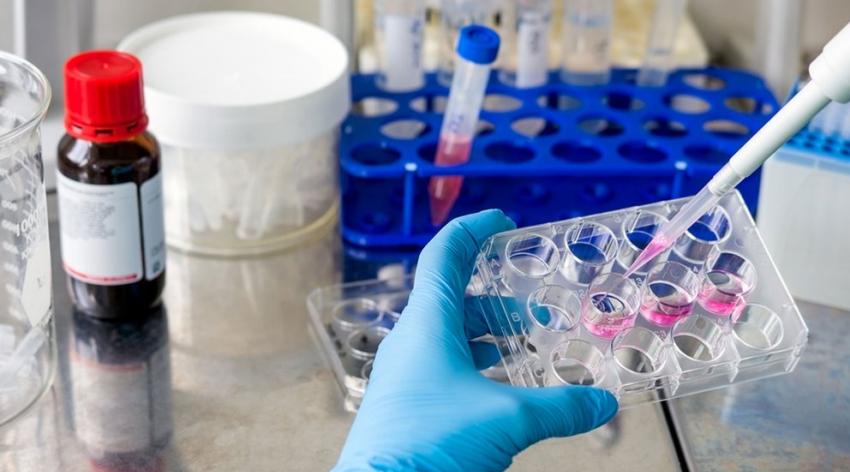The Association of American Medical Colleges (AAMC) plays a pivotal role in shaping the landscape of medical education, research, and healthcare in the United States. As a leading organization, it supports medical schools, academic health systems, and teaching hospitals in developing the physician workforce, caring for patients, and advancing medical knowledge. The AAMC is not just an advocate for academic medicine; it is a cornerstone of the nation’s healthcare infrastructure.
The Historical Context of Women in Medical Research
For decades, women have been underrepresented in medical research, often treated as an “atypical” population. This historical bias has had significant consequences, including health care disparities and adverse effects from medications at twice the rate of men. Despite policy changes in the 1990s, women remain underrepresented in clinical trials, particularly women of color. The AAMC has been instrumental in advocating for the inclusion of diverse populations in medical research, emphasizing that studying women is essential to understanding how to care for 51% of the population.
Key Milestones in Women’s Inclusion in Clinical Trials
- 1962: After the thalidomide tragedy, the FDA strengthened its authority.
- 1977: The FDA created a guideline to exclude women of reproductive potential from early phase clinical research.
- 1986: An NIH advisory committee recommended the inclusion of women in medical research studies.
- 1993: The U.S. Congress passed a law requiring the inclusion of women in NIH-sponsored clinical trials.
- 2022: A Harvard Medical School study found that women were still substantially underrepresented in clinical trials for leading diseases.
These milestones highlight the progress made, but also the ongoing challenges in ensuring equitable representation in medical research.
The AAMC’s Advocacy and Impact
The AAMC has been a vocal advocate for the importance of federal funding in sustaining biomedical research and medical education. Recent threats to this funding, such as proposed cuts to NIH grants and Medicaid, pose a significant risk to the future of academic medicine. The AAMC warns that these actions could lead to the discontinuation of clinical services and deep layoffs, impacting thousands of healthcare workers.
Threats to Academic Medicine
- NIH Funding Cuts: Termination of over 1,100 NIH grants in 2025 jeopardizes cutting-edge research.
- Medicaid Cuts: Proposed work requirements and funding reductions could result in nearly 11 million people losing access to health insurance.
- Student Loans: Elimination of federal student aid programs like Grad PLUS loans would impact nearly half of all medical students.
- Indirect Cost Limits: Limiting indirect costs for research grants could cut $6.5 billion from the research enterprise.
- DSH Payments: Supreme Court ruling on DSH payments could jeopardize care for low-income patients.
- Lower Medicare Reimbursements: Medicare reimbursements have declined by 29% since 2001, putting additional burden on hospitals.
- Hospital Outpatient Departments: Proposals to reduce payments at outpatient clinics could cost providers $167 billion over 10 years.
- 340B Program: Threats to the 340B drug pricing program could erode savings for safety-net providers.
These threats underscore the critical need for continued support of academic medicine, which is vital for complex patient care, biomedical research, and training the next generation of physicians.
The Importance of Diversity in Medical Research
Diversity in medical research is essential for addressing health disparities and improving outcomes for all patients. The AAMC emphasizes the importance of including diverse populations, particularly women and people of color, in clinical trials. This includes not only biological sex differences but also the intersection of race and gender.
Strategies for Progress
- Attract and Retain Diverse Leadership: Encouraging diversity in leadership roles can lead to more inclusive research practices.
- Incorporate Biological Sex Differences: Medical education should include comprehensive training on sex differences in biology and disease.
- Robust Data Collection: Ensuring that research data reflects the diversity of the population is crucial for accurate and effective treatments.
The Role of Medical Education
Medical education plays a critical role in preparing future physicians to address the unique needs of their patients. The AAMC supports initiatives that integrate sex differences into medical curricula, ensuring that students are equipped to provide equitable care.
Economic Impact of Academic Health Systems
Academic health systems are not only vital for medical research and education but also significant contributors to the economy. According to an AAMC study, these systems added over $728 billion to the U.S. economy in 2019 and supported millions of high-paying jobs. Every dollar spent by AAMC-member institutions contributes $1.62 to the U.S. economy, highlighting their economic importance.
Critical Services Provided by Academic Health Systems
- Level 1 Trauma Centers: These centers provide the highest level of care for critically injured patients.
- Burn Units: Specialized units for treating severe burns.
- Transplant Centers: Offering life-saving organ transplants.
- Psychiatric Services: Providing essential mental health care.
Academic health systems are twice as likely as other health systems to provide these critical services, underscoring their importance in the healthcare landscape.
Conclusion
The AAMC’s role in medical education and licensing is indispensable. Through its advocacy, support for research, and commitment to diversity, the AAMC continues to shape the future of healthcare in the United States. The challenges faced by academic medicine, including funding cuts and policy threats, highlight the urgent need for bipartisan support to ensure the sustainability of medical research, education, and patient care.















More Stories
What Is Yodo Para Tiroides and How Does It Affect Thyroid Health?
What is WSET? A Comprehensive Guide to Wine Education
US Trending News: What Are Winter Bones? A Guide to the Seasonal Trend in Bone Health